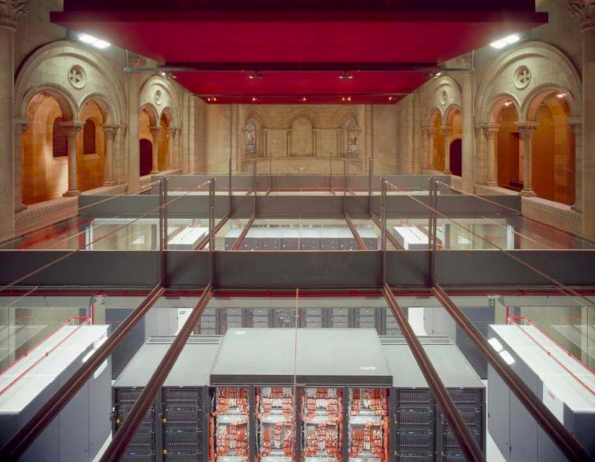For nearly a decade and a half, Myricom , a hot tech startup at the turn of the Millenium, measured success not by profitability, but by the percentage of the Top500 running its flagship Myrinet interconnect. Sure, we had to be profitable, but the CEO/founder was laser-focused on the penetration of his network into the fabric of supercomputing. Myrinet-2G dominated the list for several years, but by SuperComputing in 2009 (SC09) in Portland, it had become apparent that Myricom had lost the number one Interconnect position, possibly forever, to Infiniband.
2008 brought the Mortgage crisis, which ran well into 2009, and impacted nearly every sector of the economy, including supercomputers. So as we rolled into SC09 in November for our big trade-show event of the year, and Myricom found its booth located directly across the main aisle from Voltaire, one of our two primary competitors. This was shaping up to be a battle not seen since the Hatfields fought the McCoys. Voltaire and Mellanox were Myricom’s sworn enemies; they peddled Infiniband, an inferior design based on bus technology, but repositioned as a point to point network while we invented Myrinet specifically for HPC fifteen years earlier. Enventually Mellanox had gobbled up Voltaire, but at this point in 2009 they were still separate companies, and Voltaire had positioned their newest and largest HPC switch along the pathway separating the booths and faced it directly at Myricom. A sign on Voltaire’s switch claimed that it was the highest density switch available. The CEO of Myricom took issue with Voltaire’s claim and promptly removed, and discarded their sign on opening night. We arrived at the show the following morning and found that Myricom had a new sign facing Voltaire’s booth, calling out its switch’s superiority. As the show progressed, additional Voltaire’s signs appeared throughout the event, only to vanish within hours. In retrospect, Myricom was in denial, a particularly dangerous and too frequently seen symptom of a technology company racing headlong toward the edge of a cliff.
During Myricom’s first ten years, 1994–2004, it grew to a staff to just over forty people, about half of those being PhDs, and often they saw annual revenues north of $20M. Myricom had successfully navigated several product generations, and by the summer of 2005 had more than 27% of Top500 Super Computers wired with Myrinet, second only to free Gigabit Ethernet. They’d become the undisputed king of High-Performance Computing (HPC) Interconnects. At that point Infiniband was 5% or less, similar to Quadrics success. Unfortunately, despite its auspicious beginnings, the following years showed that Myricom was a startup that refused to grow. The CEO capped the full time headcount at 49 people so he wouldn’t be subject to California law requiring him to provide his employees with a health plan. Its failure to expand beyond forty-nine full-time employees hampered its growth and stunted its corporate maturity. Eight years after reaching the zenith of its success, its c-suite had enabled Google to swoop in and strip out much of its future value. What remained were ten employees, none of which were PhDs, a seven-year-old 10GbE controller chip, and a bunch of Myrinet-2G technology.
#industry #darling #myricom #lessons #machine learning
